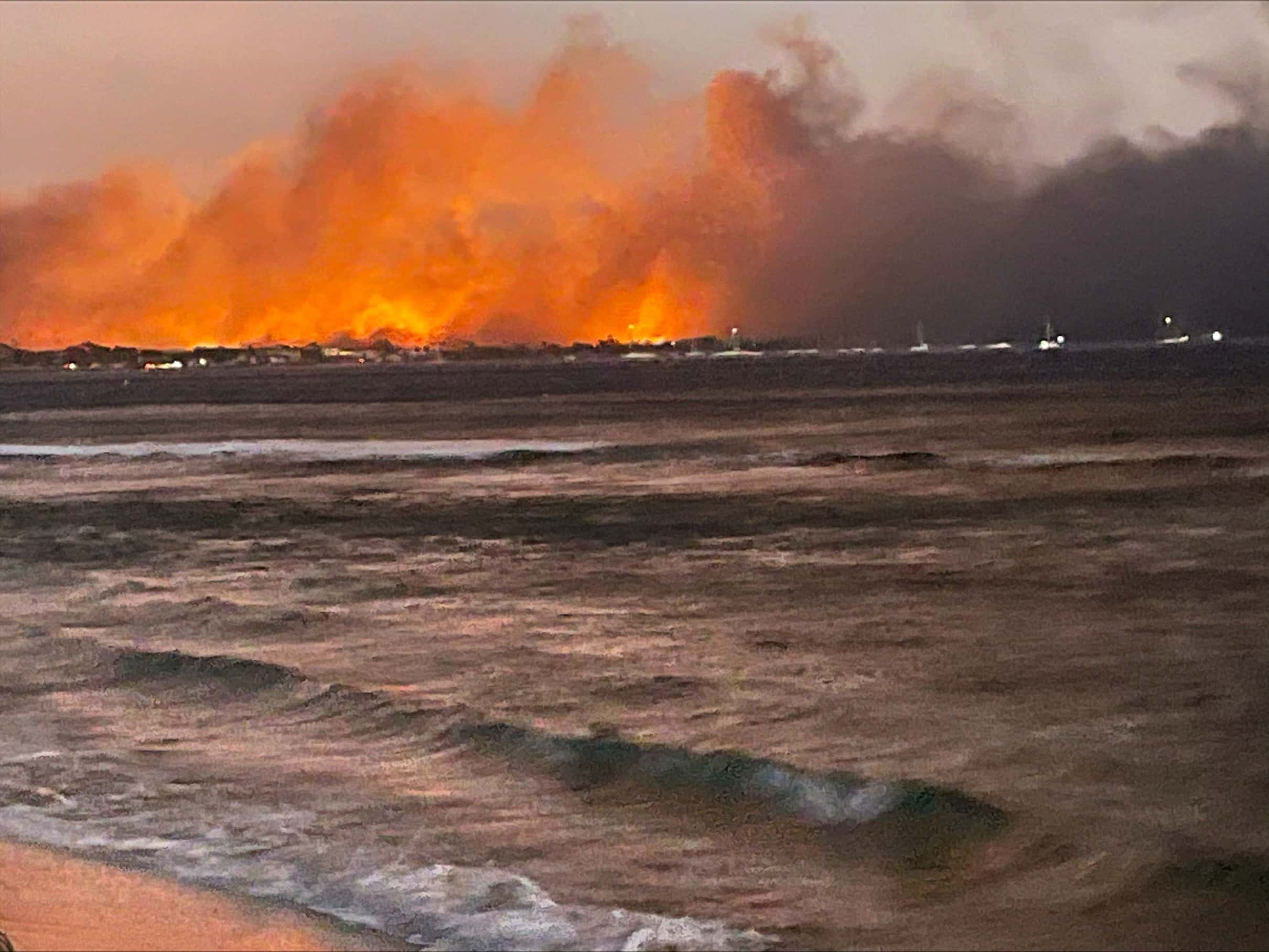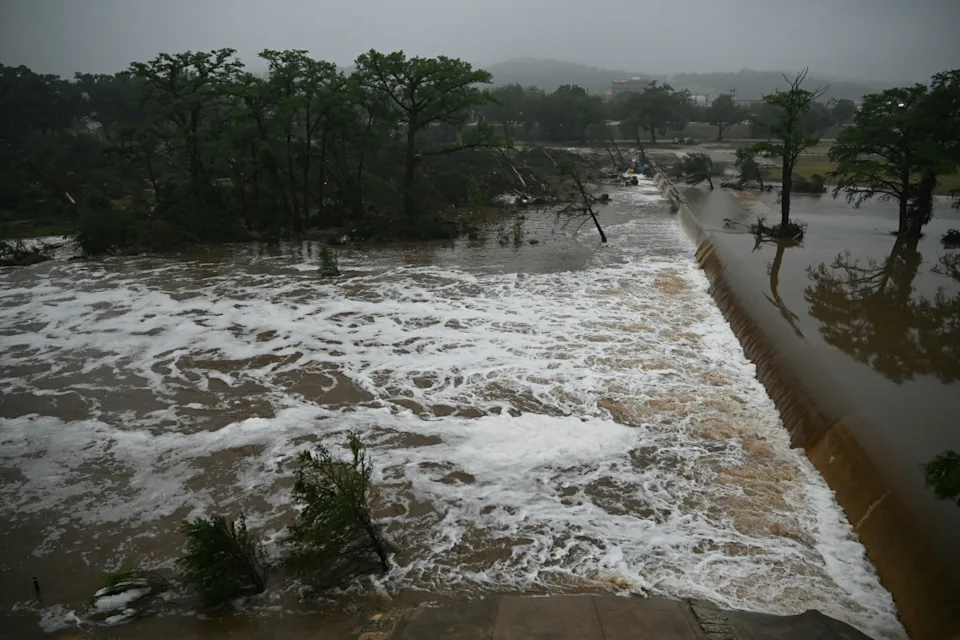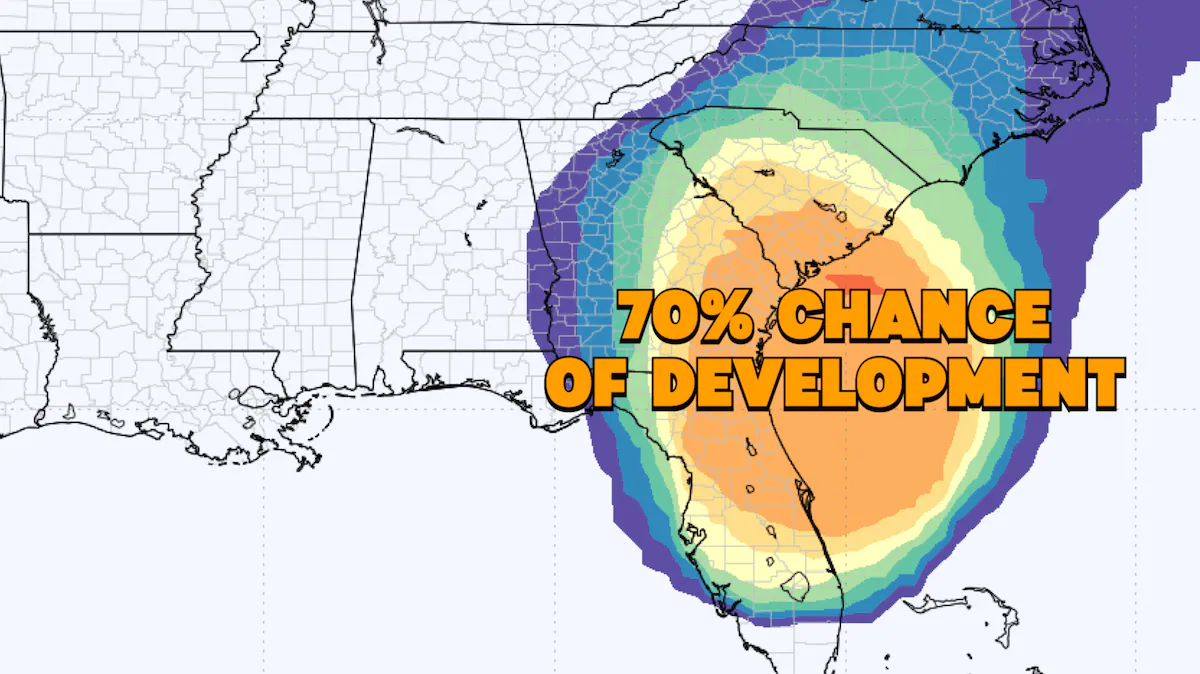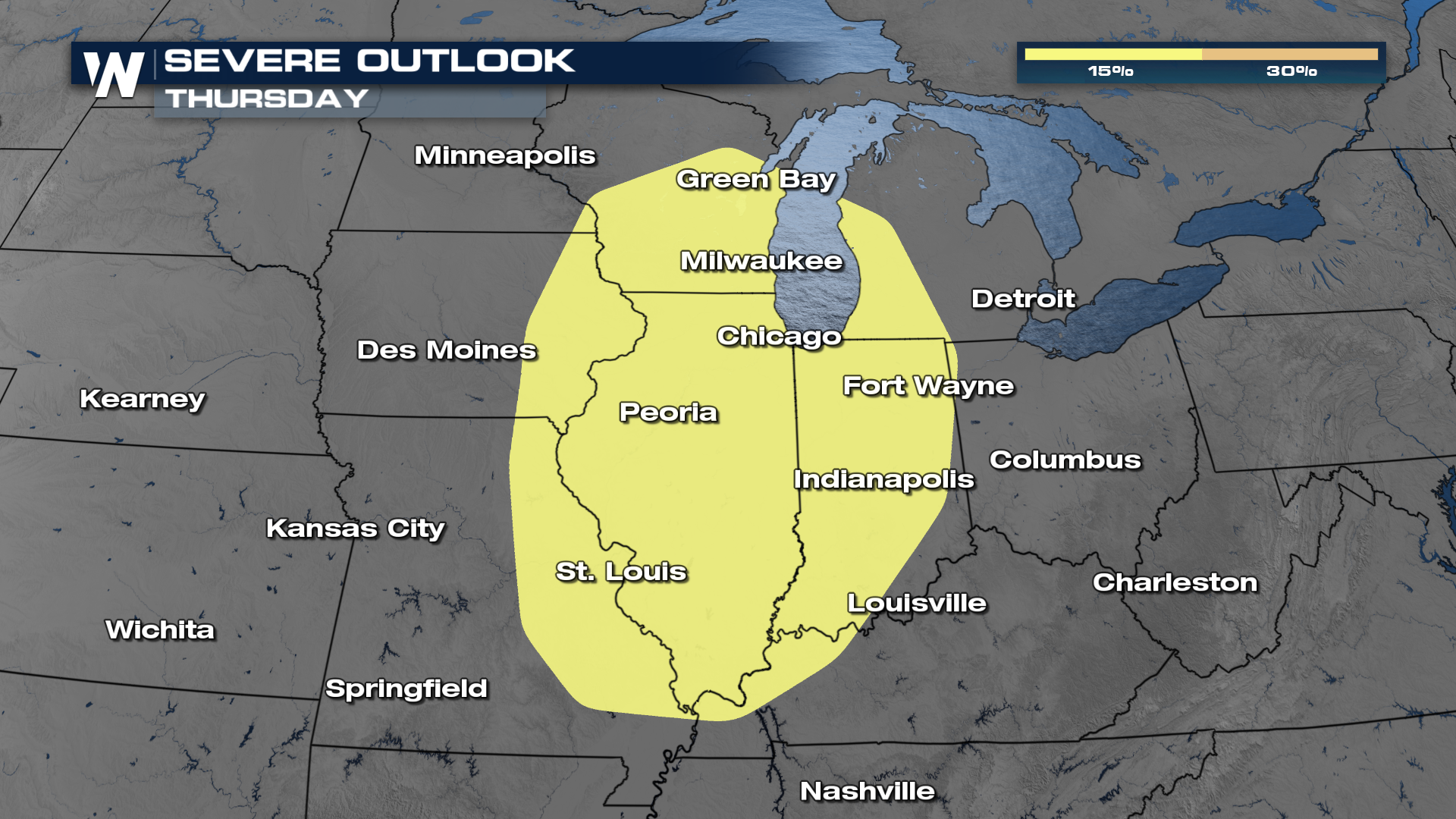This alarming situation comes just three weeks after fierce winds fueled devastating wildfire risk in west Maui, which left a tragic toll in their wake.
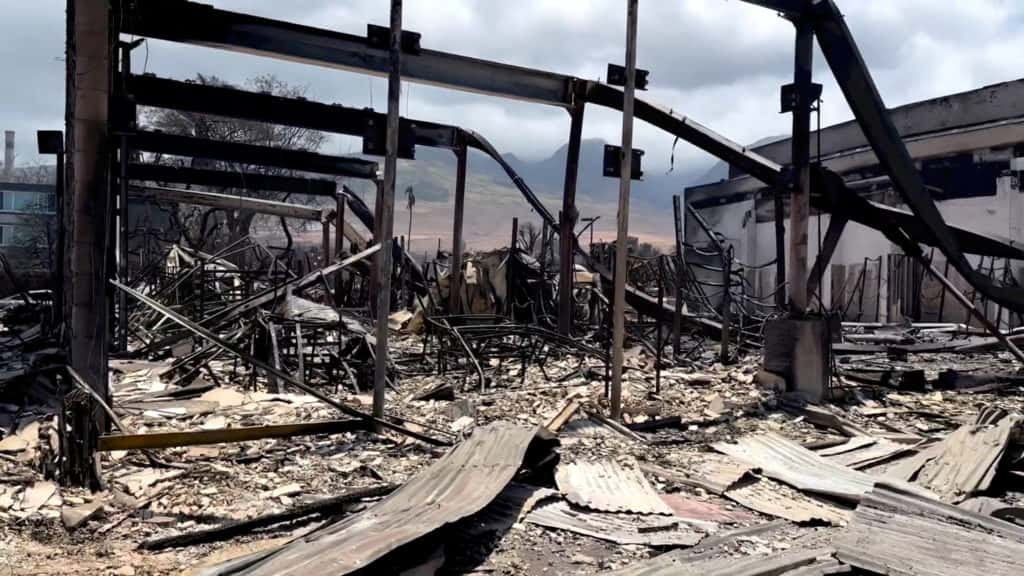
On Thursday, several parts of the Hawaiian islands faced an escalated wildfire risk due to a combination of factors, including low humidity and gusty winds
Forecasters have been closely monitoring the situation.
The National Weather Service took action by issuing red flag warnings for the leeward sides of all the islands, indicating a significant danger of wildfire risk spreading. However, experts reassured that the wind speeds would not reach the same destructive levels seen on Maui on August 8th when the deadliest wildfires in the U.S. in over a century claimed the lives of at least 115 people.
According to the weather service, the current weather conditions, characterized by dry fuels, strong gusty winds, and low humidity levels, have created an extremely high wildfire risk with the potential for extreme fire behavior. These wildfire risk conditions could lead to the rapid spread of any existing fires or new ones that may ignite throughout the day.
The source of the high winds is attributed to differences in air pressure from opposite sides of the islands. Forecasters anticipated low humidity levels from midmorning to late afternoon on Thursday, coupled with winds reaching speeds of 15 to 30 mph, with gusts potentially reaching 40 to 50 mph, particularly downwind and leeward of the higher terrain on Maui and the Big Island.
The National Weather Service warned that during this period, any fires that do start could spread swiftly and prove challenging to contain
As a precaution, they advised against outdoor burning activities. While conditions resemble those seen earlier in August when Lahaina was consumed by fire, meteorologists noted that the wind speeds were not expected to be as extreme this time.
The exact cause of these wildfire risks remains unclear, but experts have pointed to a combination of factors, including extremely dry vegetation, strong winds linked to Hurricane Dora, low humidity, and a prolonged drought. Winds during the earlier incident exceeded 60 mph, according to the weather service.
Over the past few decades, Hawaii has witnessed a fourfold increase in wildfire risk, largely attributed to a significant decline in rainfall over the last 30 years. In response to the devastating wildfire risk, the County of Maui has taken legal action against the Hawaiian Electric Company, alleging that their failure to disconnect power despite weather service warnings contributed to the disaster. The situation continues to be monitored closely by authorities.
READ ALSO: Fed Rate Pause Impact On Markets And Eurozone Inflation
